September 21, 2018
Generations divide on the role of Artificial Intelligence in the workplace

We try to avoid generalisations when describing the multi-generational workforce, but there’s no denying that younger workers who’ve grown up with digital communications appear less comfortable communicating face to face or on the phone. This is why it comes as no surprise to find that new research by ABBYY claims millennials would prefer to use Artificial Intelligence (AI) to avoid speaking to colleagues and customers. While one in 10 millennials would hand over speaking to customers to robot colleagues, older generations are less keen, with only 4 percent of over-55s feeling the same. (more…)


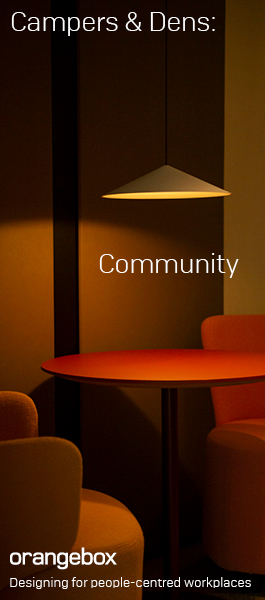



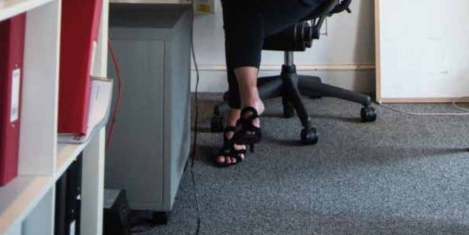


 The new corporate governance code that comes into play early next year includes directives on how companies engage with their staff, but it is a voluntary code which will allow businesses to opt out if they wish. Now a new report suggests there is currently is a high level of mistrust towards senior UK managers, with just 16 percent trusting this group, according to the study. This is despite the fact that according to the research, carried out by Virtual College the majority (95 percent) of senior managers in UK businesses believe that their employees trust them. Employees rated their trust in different roles in the following order; co-workers – 57 percent, managers – 45 percent, team members – 42 percent and senior management – 16 percent. Trust in senior management was found to be considerably lower than trust in other positions such as middle management. The sectors that trusted senior management the least included; utilities (3 percent), legal (8 percent) and government services (8.7 percent).
The new corporate governance code that comes into play early next year includes directives on how companies engage with their staff, but it is a voluntary code which will allow businesses to opt out if they wish. Now a new report suggests there is currently is a high level of mistrust towards senior UK managers, with just 16 percent trusting this group, according to the study. This is despite the fact that according to the research, carried out by Virtual College the majority (95 percent) of senior managers in UK businesses believe that their employees trust them. Employees rated their trust in different roles in the following order; co-workers – 57 percent, managers – 45 percent, team members – 42 percent and senior management – 16 percent. Trust in senior management was found to be considerably lower than trust in other positions such as middle management. The sectors that trusted senior management the least included; utilities (3 percent), legal (8 percent) and government services (8.7 percent).

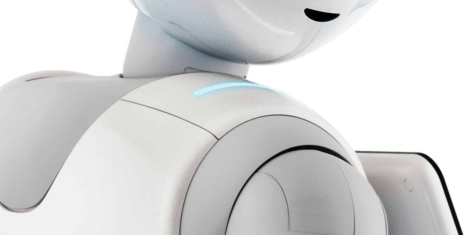
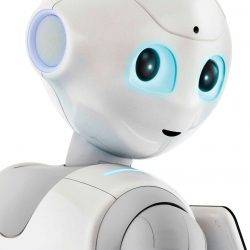




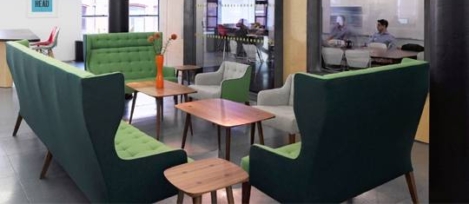

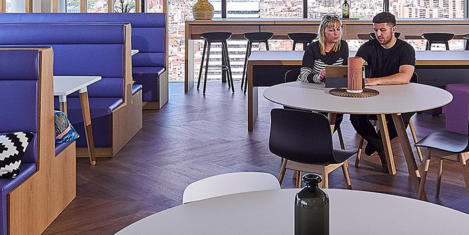
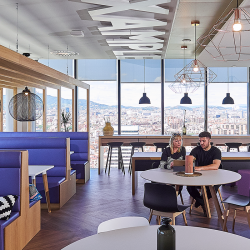
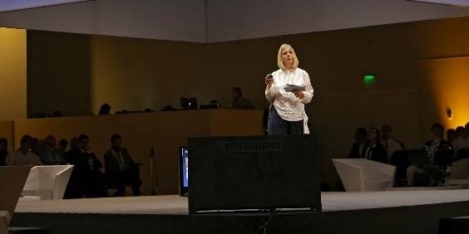

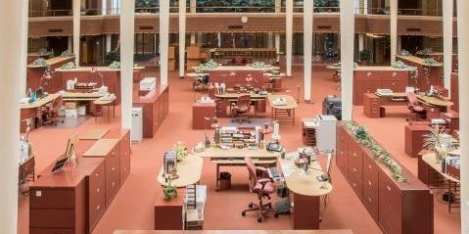


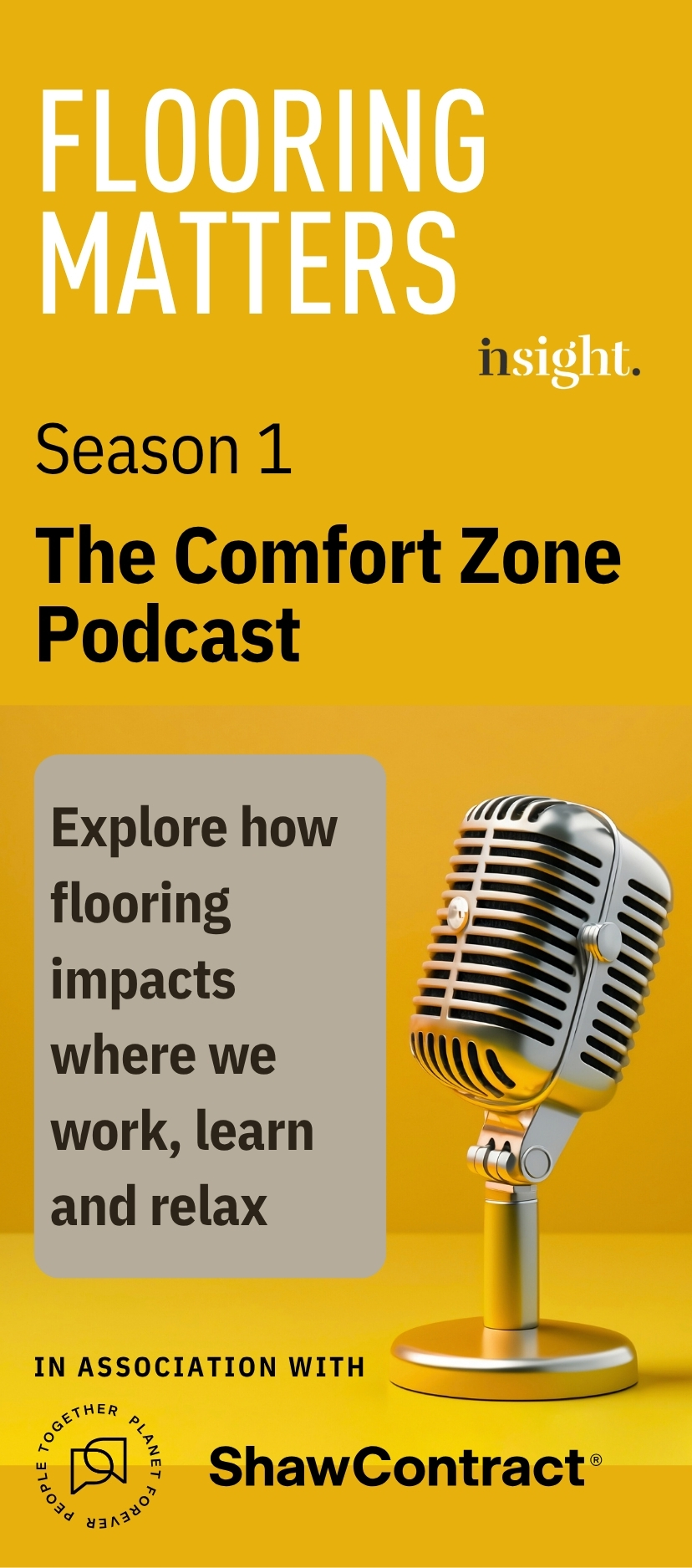







September 13, 2018
You should not expect the coworking bubble to burst anytime soon
by Kathryn O'Callaghan-Mills • Comment, Coworking, Property, Workplace design
(more…)